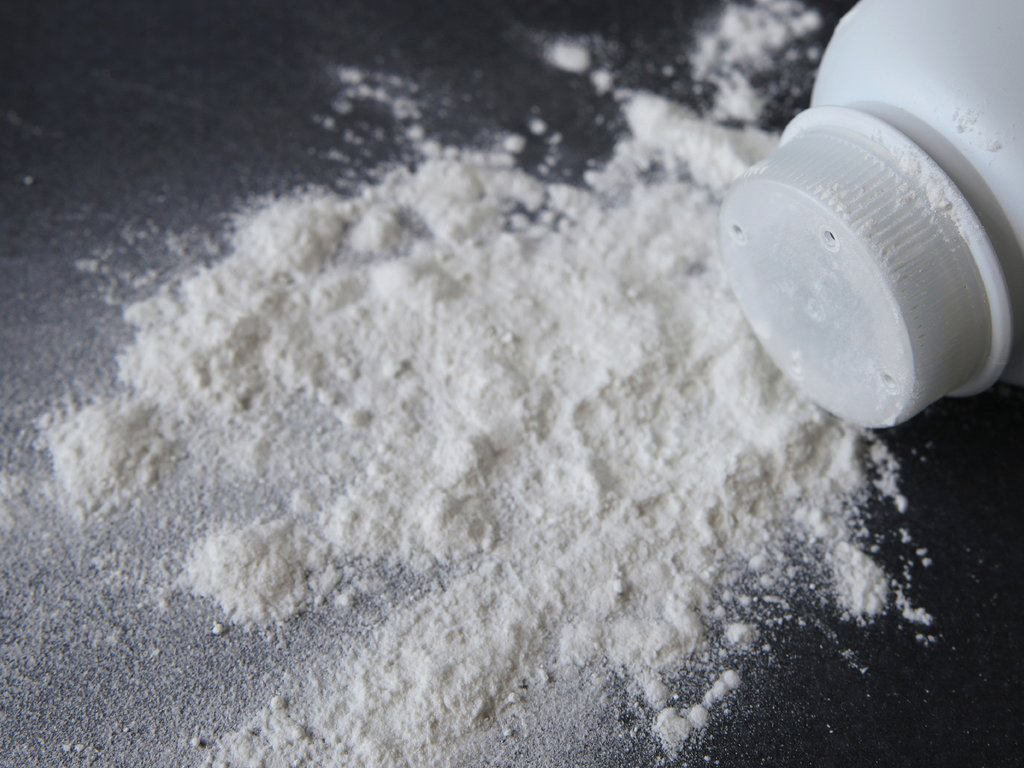International talcum powder producer Johnson & Johnson proposed a $8.9 billion settlement this week to settle current and future claims against their talc-containing products. This announcement could potentially end tens of thousands of legal claims against the company, filed by people who say the talc products produced by Johnson & Johnson caused their cancer.
Before the settlement action is finalised and put into action, it needs to be approved by a bankruptcy court. The court will need to accept the new bankruptcy filing by LTL Management, a subsidiary of J&J, primarily formed to relieve the parent company of litigation.
The proposed settlement also needs approval from more than half the claimants who have filed against J&J. Per a report in the New York Times, lawyers for some of the victims have described the proposal as a landmark and a “significant victory for the tens and thousands of women suffering from gynecological cancers caused by J&J products.”
One lawyer who represents approximately 10,000 claimants says that when you consider the number of plaintiffs “when you spread” out the $8.9 billion, “it comes out to not very much at all for people who suffered.”
To work it out, the almost $9 billion payout distributed across tens of thousands of claimants over the proposed 25-year period would result in less than $120,000 per case. In consideration of America’s healthcare costs and medical expenses, it is unlikely to be enough money for victims, especially when lost wages are considered.
Johnson & Johnson’s baby powder product is considered one of the most recognisable brands around the world in health and hygiene, and it was one of the most used for many decades. Talc’s natural occurrence often sees it form near asbestos.
It’s understood that as early as the 1950s, there was evidence of asbestos-containing materials within the talc known by Johnson & Johnson. That was not made public, and consumers considered the product safe, growing the brand into a household name.
In 1999, the first asbestos claim was made against the company, which was denied and the lawsuit was subsequently dropped. It would take two decades before Johnson & Johnson was the subject of considerable lawsuits following the release of more information regarding asbestos in its products.
On the back of an expose by Reuters, which revealed the extent of the knowledge of asbestos by J & J, the United States Department of Justice investigated the company, assisted by the Food and Drug Administration, which found traces of asbestos in the baby powder.
This saw the company issue a recall notice on the talc product, followed by the company discontinuing the original formula and instead moving to a cornstarch-based product.



